Affirming the historical and revolutionary value of House and Bunker D67, Professor and Doctor Nguyen Quang Ngoc, Vice President of the Vietnam Historical Science Association, emphasized that this is a simple military architectural work but with very high practical value. House and Bunker D67 is one of the precious military cultural relics of the Ho Chi Minh era in the 20th century.
In 1966, the US began using its air force to bomb Hanoi. In 1967, the bombing intensified. To ensure the working location of the General Headquarters during the war, the Ministry of National Defense decided to build a house in Area A of the Hanoi Citadel (now Thang Long Imperial Citadel). The house, designed in 1967, is called House D67. Within the House D67 historical site are the meeting rooms of the Politburo and the Central Military Commission; the offices of General Vo Nguyen Giap and General Van Tien Dung. The D67 bunker (also known as the Central Military Commission bunker) is 9 meters deep and solidly constructed to withstand bombs. The bunker door is made of steel plates. The bunker has three staircases. The southern staircase connects to the Dragon House, and the two northern staircases connect to House D67. This was where the Politburo and the Central Military Commission held meetings when necessary, and it is an important part of the structure of House D67.
|
International visitors tour the meeting room in Building D67. |
In the General's "Complete Collection of Memoirs"
According to Vo Nguyen Giap (People's Army Publishing House, 2000, page 1225), he wrote: “The flat-roofed house hidden beneath dense foliage, with its sturdy underground working chambers, where many secret meetings of the Politburo and the Central Military Commission once took place, today witnesses a historical event of decisive significance. For the last time, the will and intellect of the Party are highly concentrated, devising plans and strategies, and determined to achieve complete victory.”
During the historic Spring Campaign of 1975, many important meetings of the Politburo and the Central Military Commission took place at House D67. With the spirit of: “Speed, even greater speed, boldness, even greater boldness, seize every hour and every minute, rush to the front, liberate the South. Determined to fight and determined to win” (General Vo Nguyen Giap's telegram to the entire army, April 7, 1975), our entire army and people advanced to final victory. At noon on April 30, 1975, the comrades in the Politburo, the Central Military Commission, the Ministry of National Defense, and the General Staff received the news of the liberation of the South with boundless joy. Everyone rushed out into the courtyard of the “Dragon House” to celebrate, moved to tears.
Along with the ancient architectural structures of Thang Long Imperial Citadel, the system of revolutionary and resistance relics is an integral part of this heritage site. The D67 House and Bunker relic was restored and opened to visitors in 2004. Each artifact here evokes memories of a time of hardship and glory for a heroic nation.
To commemorate the 50th anniversary of the liberation of Southern Vietnam and the reunification of the country, and the 135th anniversary of President Ho Chi Minh's birth, the Thang Long-Hanoi Heritage Conservation Center has chosen the D67 House and Tunnel revolutionary relic as the venue for the "Road to Reunification" exhibition. According to Mr. Nguyen Thanh Quang, Director of the Thang Long-Hanoi Heritage Conservation Center: On this occasion, the Center is implementing a comprehensive plan to restore the D67 House and Tunnel relic, researching the restoration of its original colors; and initially implementing the project "Applying Information Technology to Explain the D67 House and Tunnel Revolutionary Relic". During the project's implementation, the story of "D67 House and Tunnel, the journey to complete victory" will be explained using modern technology, meeting the needs of visitors, especially young people, to learn more and enhance their experience when visiting the Thang Long Imperial Citadel heritage site.
Source: https://www.qdnd.vn/van-hoa/doi-song/di-tich-ke-chuyen-danh-giac-826771


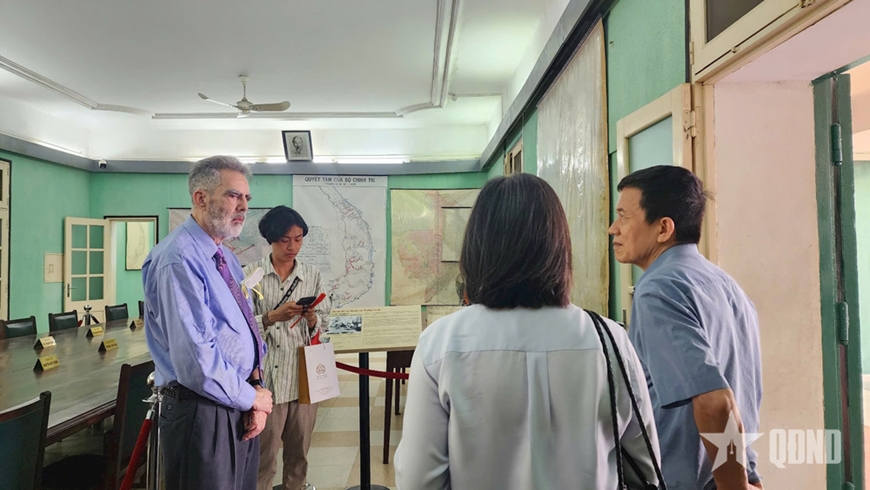





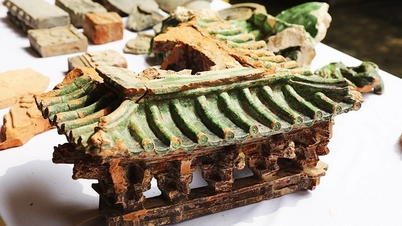


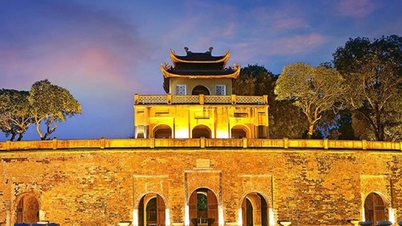







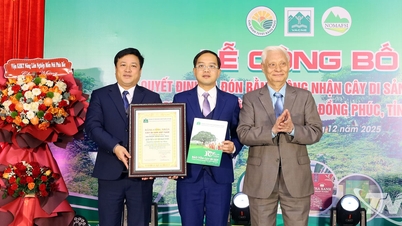



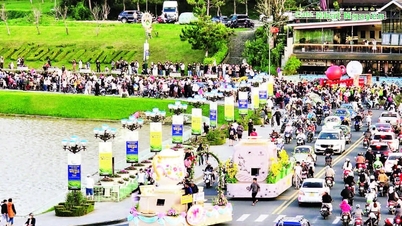

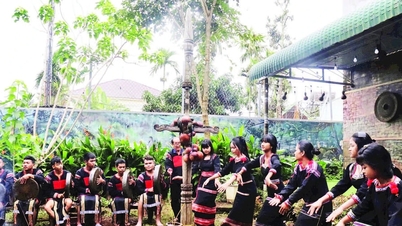
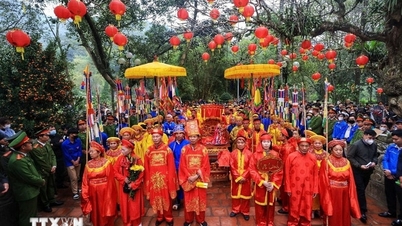











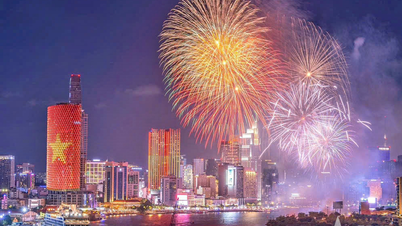

![[Photo] Prime Minister Pham Minh Chinh holds a phone call with the CEO of Russia's Rosatom Corporation.](/_next/image?url=https%3A%2F%2Fvphoto.vietnam.vn%2Fthumb%2F1200x675%2Fvietnam%2Fresource%2FIMAGE%2F2025%2F12%2F11%2F1765464552365_dsc-5295-jpg.webp&w=3840&q=75)








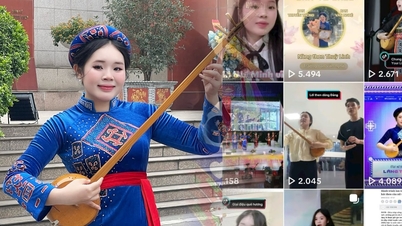






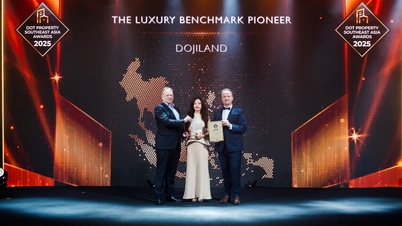
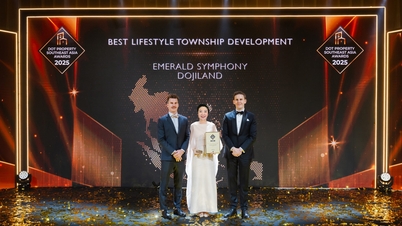

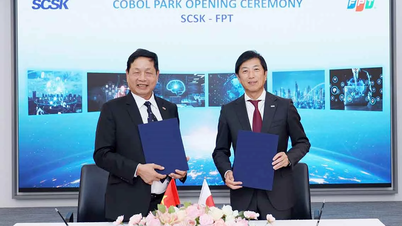















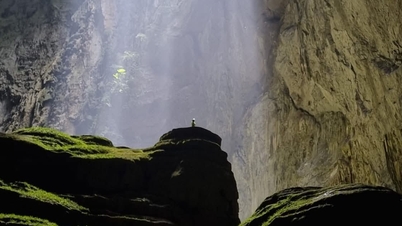


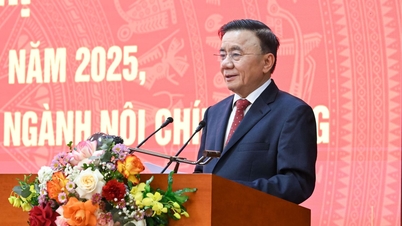







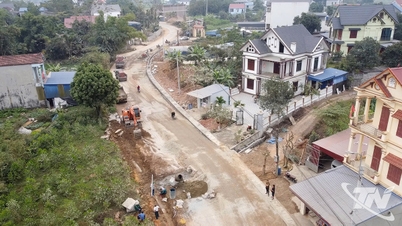




















Comment (0)